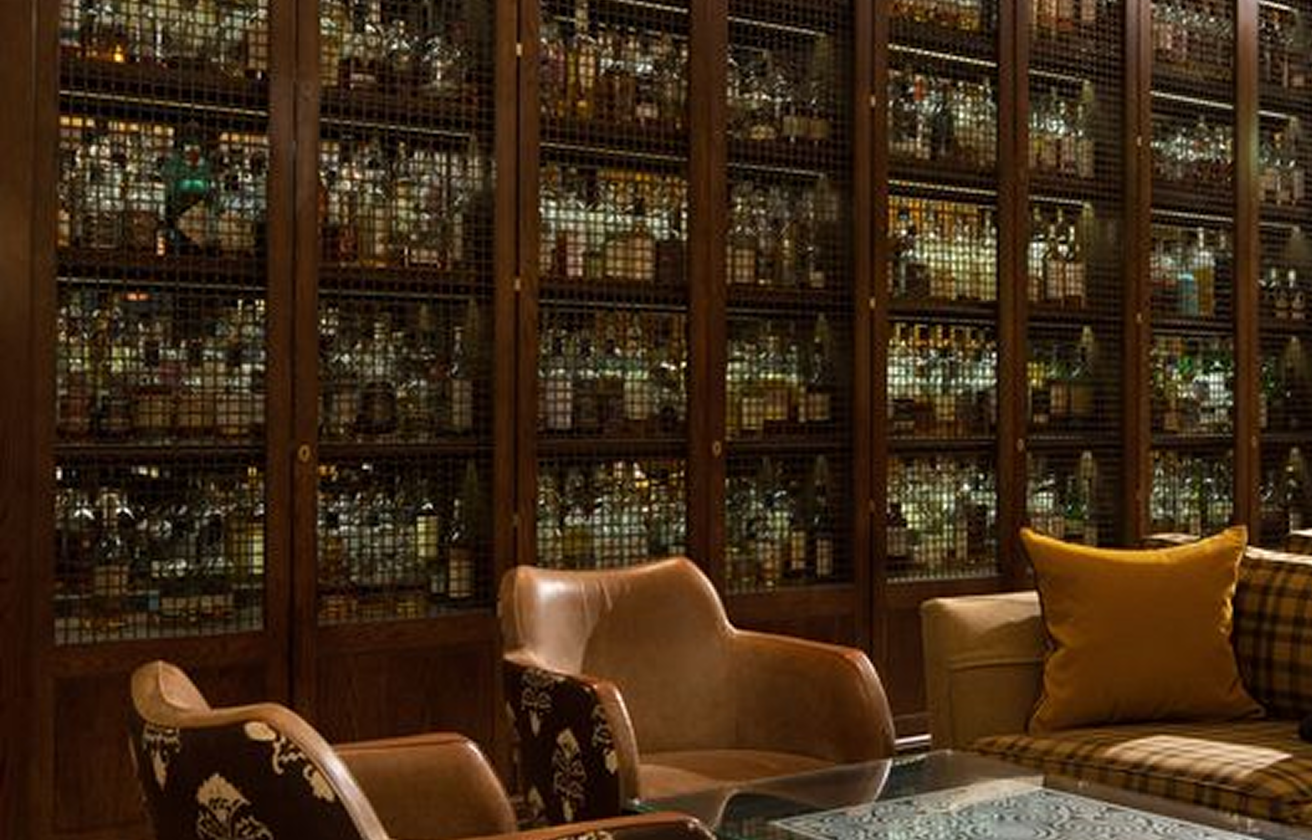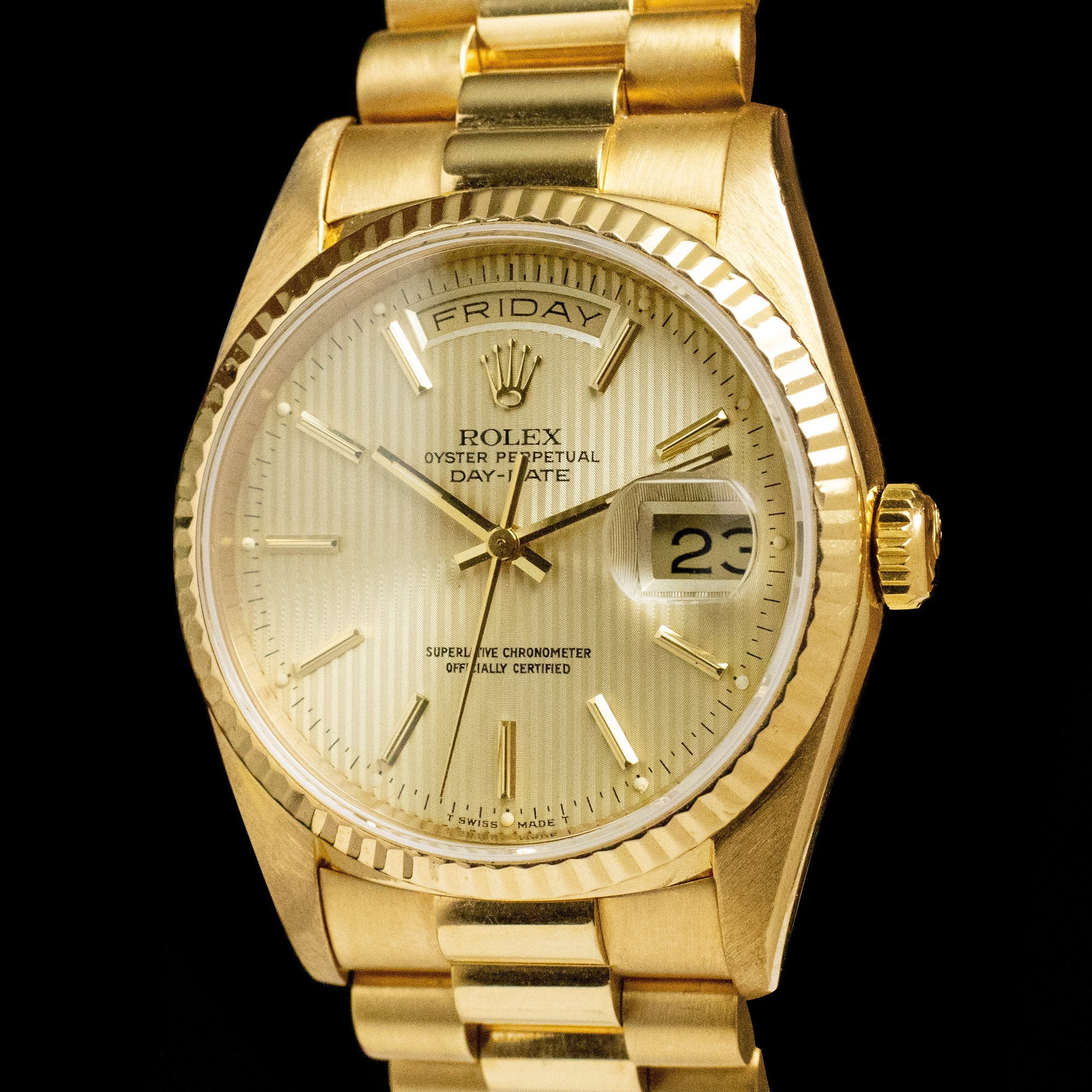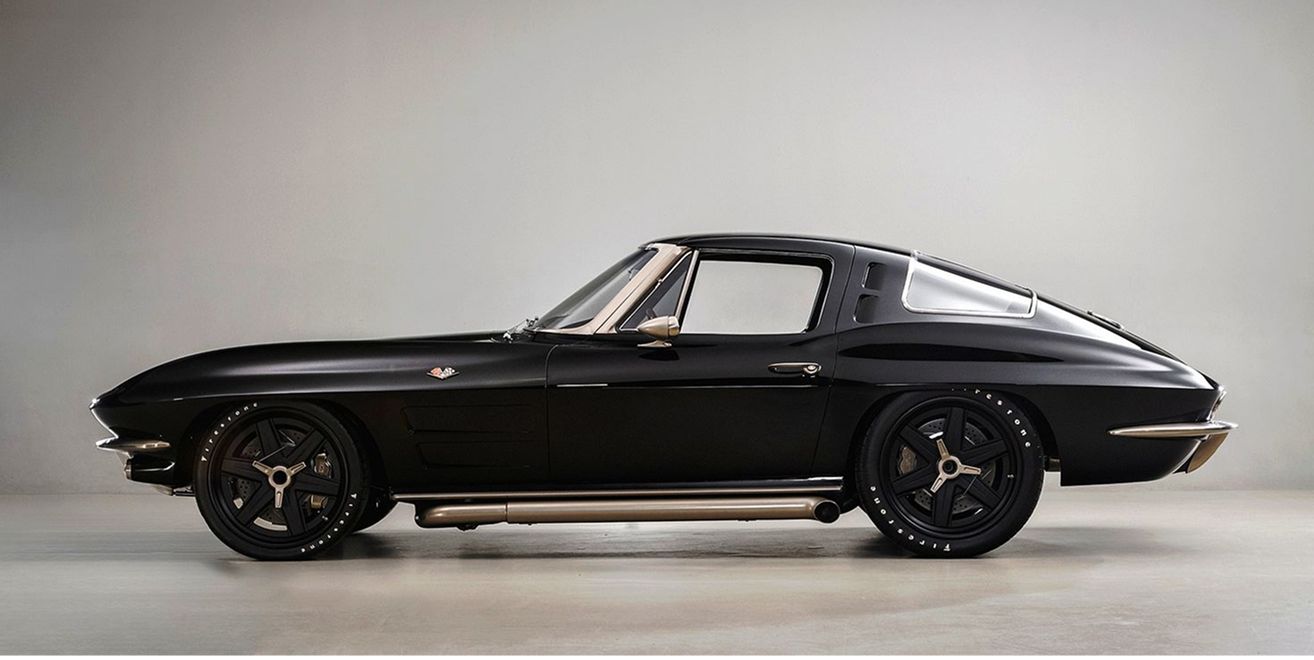Luxury Beyond Aesthetics: A Financial and Environmental Evolution
In today’s global economy, luxury is no longer defined solely by craftsmanship or exclusivity. It is evolving into a blend of financial performance and environmental stewardship. This shift towards green luxury is reshaping how high-net-worth individuals and investors view investment-grade assets across various categories, from handbags and fine liquor to classic cars and reserved wines.
Investment-grade luxury goods—such as rare watches, collectible cars, and premium spirits—now sit at the intersection of alternative investments and sustainability. These assets represent not only symbols of wealth but also vehicles for sustainable wealth preservation and growth.
Hermès Birkin bags have achieved average annual returns of 14%, outperforming gold and the S&P 500 over the past decade (Source: Art Market Research, 2023).


Expanding the Horizon: Green Luxury Categories
1. Investment-Grade Cars Classic and investment-grade cars, particularly those with historical significance or limited production runs, are becoming highly sought-after assets.
- Sustainability Connection: Restoring vintage vehicles is an eco-friendly alternative to manufacturing new ones, preserving craftsmanship and reducing environmental impact.
- Financial Insight: The Hagerty Market Index shows that classic car values have increased by an average of 8% annually over the past decade. Iconic models like the Ferrari 250 GTO have appreciated significantly, with some auctioning for over $70 million (Source: Hagerty Classic Car Index, 2023).
2. Fine Liquor: Whisky, Cognac, and Reserved Wines Rare liquor, particularly single malt whisky, aged cognac, and collectible wines, has established itself as a lucrative investment category.
- Sustainability Connection: Brands like Macallan are integrating renewable energy and sustainable farming practices into their production processes, while wineries like Château Margaux focus on biodynamic viticulture.
- Financial Insight: The Knight Frank Wealth Report highlighted a 23% increase in rare whisky values in 2023 alone, making it one of the fastest-growing alternative investments. Reserved wines from Burgundy and Bordeaux continue to outperform other tangible assets with consistent appreciation.
3. Iconic Handbags and Accessories While handbags remain a staple of investment-grade luxury, their connection to sustainability is evolving. Brands like Hermès and Chanel are embracing ethical sourcing and renewable materials.
- Financial Insight: Hermès Birkin bags have achieved average annual returns of 14%, outperforming gold and the S&P 500 over the past decade (Source: Art Market Research, 2023).
4. Watches and Jewelry Iconic timepieces, such as Rolex and Patek Philippe, are staples in the investment-grade luxury market.
- Sustainability Connection: Many brands are adopting recycled materials and energy-efficient manufacturing processes.
- Financial Insight: Rolex Daytona models have appreciated by 8%-12% annually due to their rarity and demand (Source: Morgan Stanley, 2023).

Green Luxury as a Financial Hedge
1. Sustainability as a Value Multiplier
Across categories, green luxury integrates sustainability into its production and restoration processes:
- Fine Wines: Château Lafite Rothschild employs organic farming practices to produce wines that appreciate significantly in value.
- Classic Cars: Restored vehicles like the Porsche 911 Turbo are eco-friendly investments due to their long life cycle and cultural significance.
- Rare Whisky: Distilleries like Glenfiddich are innovating with renewable energy in their aging processes.
2. Alignment with ESG Trends
Investors are increasingly prioritizing assets that align with ESG (Environmental, Social, and Governance) principles.
- Insight: Bloomberg predicts the ESG investment market will exceed $50 trillion by 2025, with alternative assets like green luxury forming a core part of these portfolios.
3. Decoupling from Market Volatility
Investment-grade green luxury assets are less correlated to stock markets, providing a stable and ethical diversification option for portfolios.
Green Luxury vs. Traditional Luxury
Traditional Luxury
- Focused on aesthetics and status.
- Limited attention to ESG practices.
- Shorter life cycle.
Green Luxury
- Combines aesthetics with sustainability and investment value.
- Aligned with global ESG trends and sustainable development goals.
- Designed for longevity and appreciation over time.

MUSE: Empowering Green Luxury Investments
MUSE bridges the gap between luxury and investment, offering a platform for investment-grade green assets across multiple categories.
Here’s how:
1. Blockchain-Verified Authenticity
Every asset traded on MUSE is authenticated and traceable, ensuring compliance with green and ethical standards.
2. Real-Time Market Insights
Investors can access live data on asset performance, including rare wines, classic cars, and fine watches, making informed decisions easier.
3. Portfolio Management Tools
MUSE allows users to track the growth of their investments across categories, aligning with their financial and sustainability goals.
The Future of Green Luxury Investments
Green luxury is not limited to a single category—it represents a holistic shift towards sustainable wealth creation. By integrating sustainability into investment-grade assets, green luxury appeals to environmentally conscious investors who seek both financial returns and ethical alignment.
- Market Projection: The sustainable luxury market is expected to grow by 35% annually over the next decade, reaching $150 billion by 2030 (Source: McKinsey & Company, 2023).
- Investor Implication: Early adopters of green luxury investments across categories will benefit from appreciation and the reputational value of supporting sustainability.
Conclusion
Green luxury is redefining investment-grade assets by combining elegance, financial performance, and sustainability across categories such as fine liquor, classic cars, and iconic timepieces. For investors seeking a diversified portfolio aligned with modern values, green luxury offers